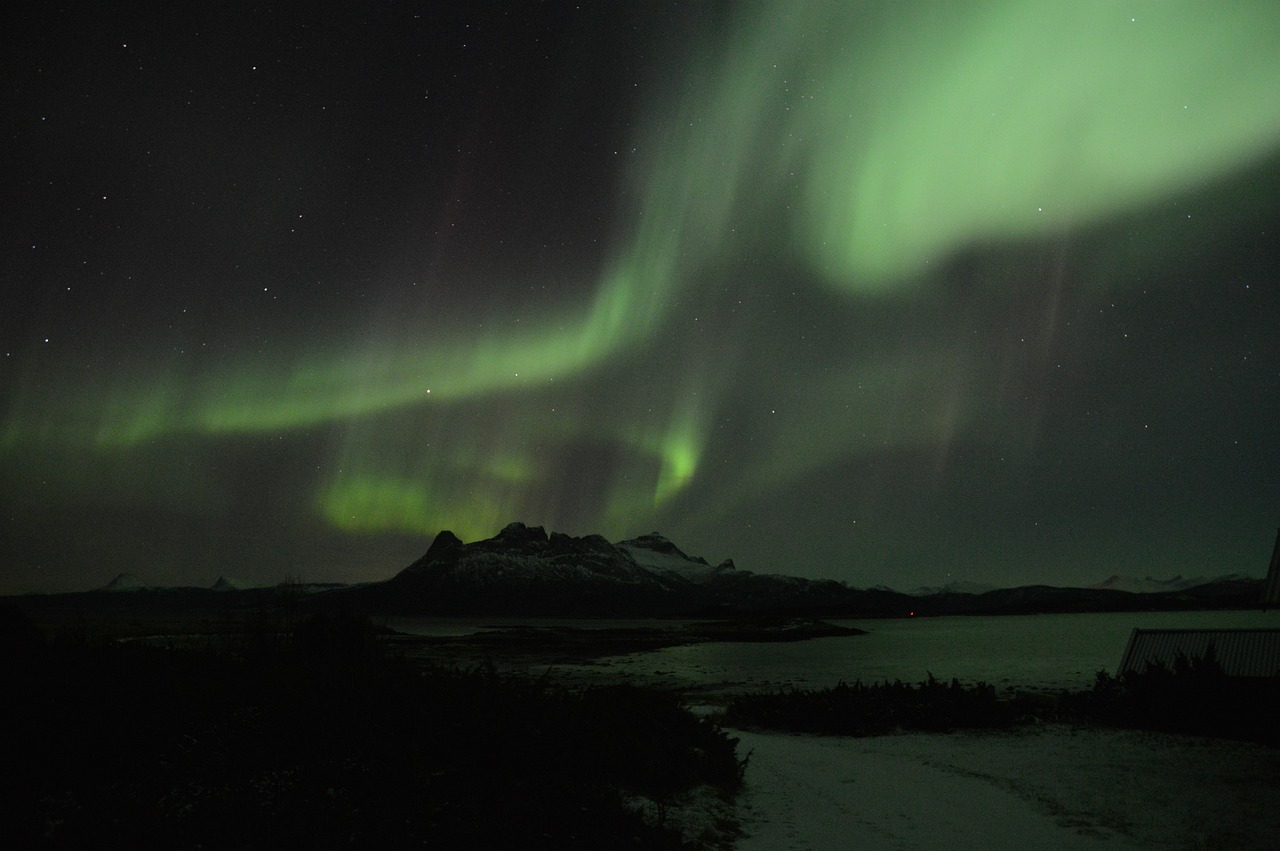Astrophysicists, harnessing the observational prowess of NASA’s Fermi Gamma-ray Space Telescope alongside the IceCube Neutrino Observatory, have stumbled upon early indications that the velocities of neutrinos from gamma-ray bursts could be affected by the enigmatic quantum properties of spacetime. The pursuit of these elusive neutrinos, possibly birthed from gamma-ray explosions, holds profound implications not just for astrophysics but also for the exploration of quantum gravity, given their potential to unveil the infinitesimal structure of spacetime.
A few former investigations, rooted in the observations made by the IceCube Neutrino Observatory, presented tantalizing preliminary evidence. They proposed that certain detected neutrinos might be offspring of gamma-ray bursts, and their transit times could be influenced by quantum spacetime properties—decelerating some while accelerating others.
Recently, the IceCube Consortium has considerably fine-tuned the estimates of the observation direction of these neutrinos. In response, Professor Giovanni Amelino-Camelia from the University of Naples, alongside his team, delved into how this adjusted directional data could affect the outcomes of past analyses inspired by quantum spacetime. ” The study team explained, “We started to examine a quantum-gravity framework for particle propagation. “Our exploration focused on how the velocity of ultra-high-speed particles fluctuates with the surge in their energy.” “This effect is expected to be minuscule, especially when compared to the ratio of particle energy and the Planck scale.” “However, when monitoring astronomical sources situated at vast distances, this minor effect can cumulate and turn observable.”
In their groundbreaking research, the team inspected gamma-ray bursts caught by Fermi and high-energy neutrinos detected by the IceCube Neutrino Observatory. Their mission was to scrutinize the assumption that certain neutrinos and gamma-ray bursts share a birthplace, yet they are perceived at different times due to the energy-influenced drop in speed. “The amalgamation of data from IceCube and Fermi led us to preliminary signs validating quantum gravity models that forecast this phenomenon,” Professor Amelino-Camelia disclosed.
“This symbolizes a substantial advancement in the sphere of quantum gravity exploration, as it signifies the first-time unveiling of statistical evidence favoring quantum gravity at this scale.” “Although these revelations are initial, they set a robust foundation for executing more comprehensive investigations as we continue to harvest more data from our gamma-ray and neutrino observatories.” “Even if future data does not reinforce this phenomenon, our findings would nonetheless dictate stringent restrictions on the parameters of related models.” “This alone would represent an extraordinary and seldom-seen leap in the pursuit of quantum gravity knowledge.


